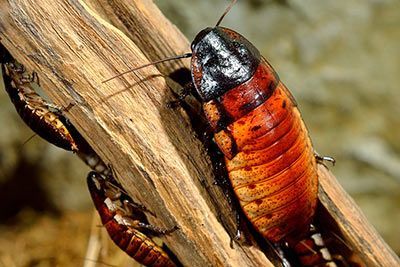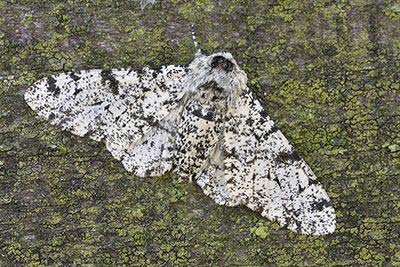Wasp
Wasp Facts
| Size | 0.4-0.6 in (12-16 mm) |
| Speed | Up to 20 mph (33 km/h) |
| Weight | Unknown |
| Lifespan | About 22 days |
| Food | Fruit, insects |
| Predators | Birds, reptiles, mammals |
| Habitat | Europe, Asia |
| Order | Hymenoptera |
| Family | Vespidae |
| Scientific name | Vespinae |
| Characteristics | Long antennae, black and yellow stripes |
Main Characteristics
Only few people know that there exists are large diversity of wasp species. They often pass by too quickly, so that it’s only the typical black and yellow pattern that sticks in the mind. The family of “real wasps” comprises 61 species, such as hornets, paper wasps, sand wasps, fairy wasps, honey wasps, velvet ants and many more.
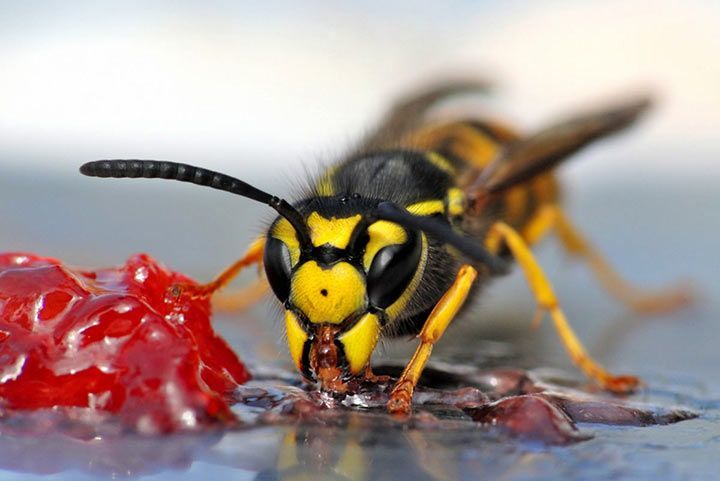
Life Expectancy
The Life Cycle of Wasps
The workers live only 12 to 22 days. The drones a few weeks and the queens about 12 months. In autumn, the "old" queen and the other remaining wasps die. Only the young queens overwinter and form a new colony the following spring.
The Wasp Nest
How Do Wasps Build Their Nests?
Wasps build nests that look as if they are made of paper and mainly consist of chewed-up and rotten wood. The wood paste is used for building and is very hard after drying.
Where Do Wasps Build Their Nests?
You can mostly find them hanging in hedges, trees or on the walls of houses. There are also species such as the German wasp that nest in burrows abandoned by mice or moles.
Wasps Make Use of the Magnetic Field
Scientists found out that wasps orient themselves by the magnetic field of our planet when building their nests. This helps them to control the exact array of the combs.
Beware!
It's better to not get too close to a wasp nest. The animals defend it.
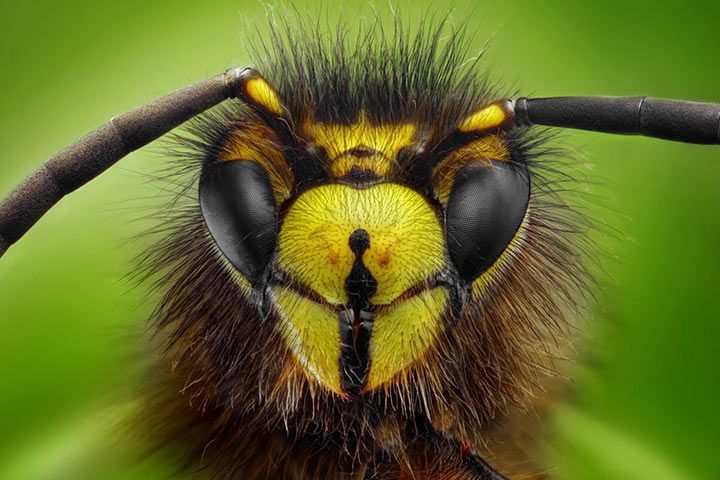
Behavior
What Do Wasps Eat?
Most wasps feed on nectar, pollen, fruit and plant sap. They also prey on insects such as caterpillars, larvae, mosquitoes, flies and ticks. Of over 60 wasp species, we only find two species annoying: the German wasp and common wasp. These two species feed on sweet drinks, fruits, cakes, ice cream, meat and leftovers.
Anatomy and Appearance
The Biggest Wasp
The hornet is also a wasp. In Central Europe it is the largest wasp species. The workers get 18-25 mm long. The largest wasp in the world is the Asian giant hornet. In this species, the workers even grow to 27-45 mm.
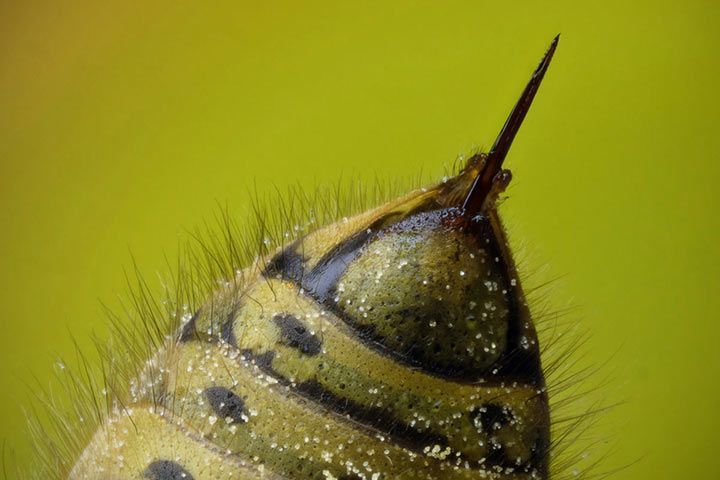
Senses and Abilities
Do Wasps Have a Good Visiion
Wasps have extremely good eyesight and can even fly when it’s completely dark – at an impressive speed of up to 20 mph (33 km/h).
Do Wasps Sleep?
Wasps sleep in shifts – only about two or three hours a day, so that they are able to take care of their larvae and guard the entrances at all times.
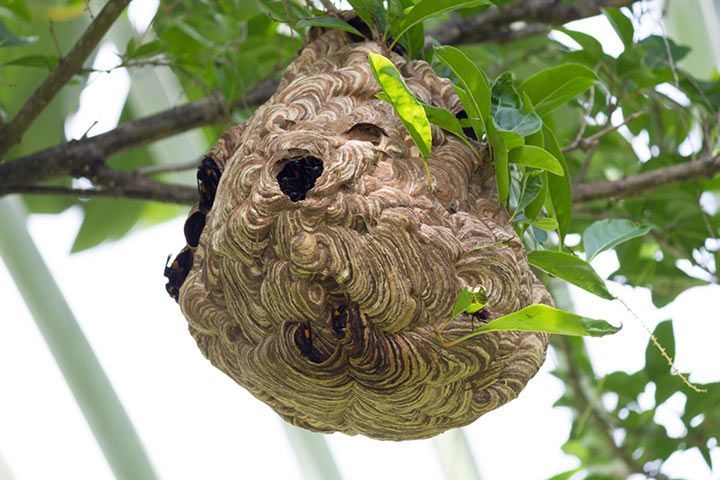
Fun Facts
Paper Wasps Cheat
Female paper wasps fight for their rank to determine their social hierarchy. The winning wasp is allowed to lay more eggs and relax more often. These wasps can be recognized by their spotty faces. Some wasps think they are particularly smart and simply imitate these spots to enjoy a privileged position without having to enter an arduous fight. This plan does not always work out, and the cheaters are punished by being attacked more often and more fiercely.
Wasps Don’t Sting in Autumn
At least if you have an encounter with male wasps. They hatch in autumn and their only task is the reproduction of the species. Therefore they do not need a sting. They have slightly curved instead of crooked antennae and a dumpier back part.
- Find Out More:
- Bee or Wasp – What's the Difference?
- Bumblebee Facts
- Honey Bee Facts










